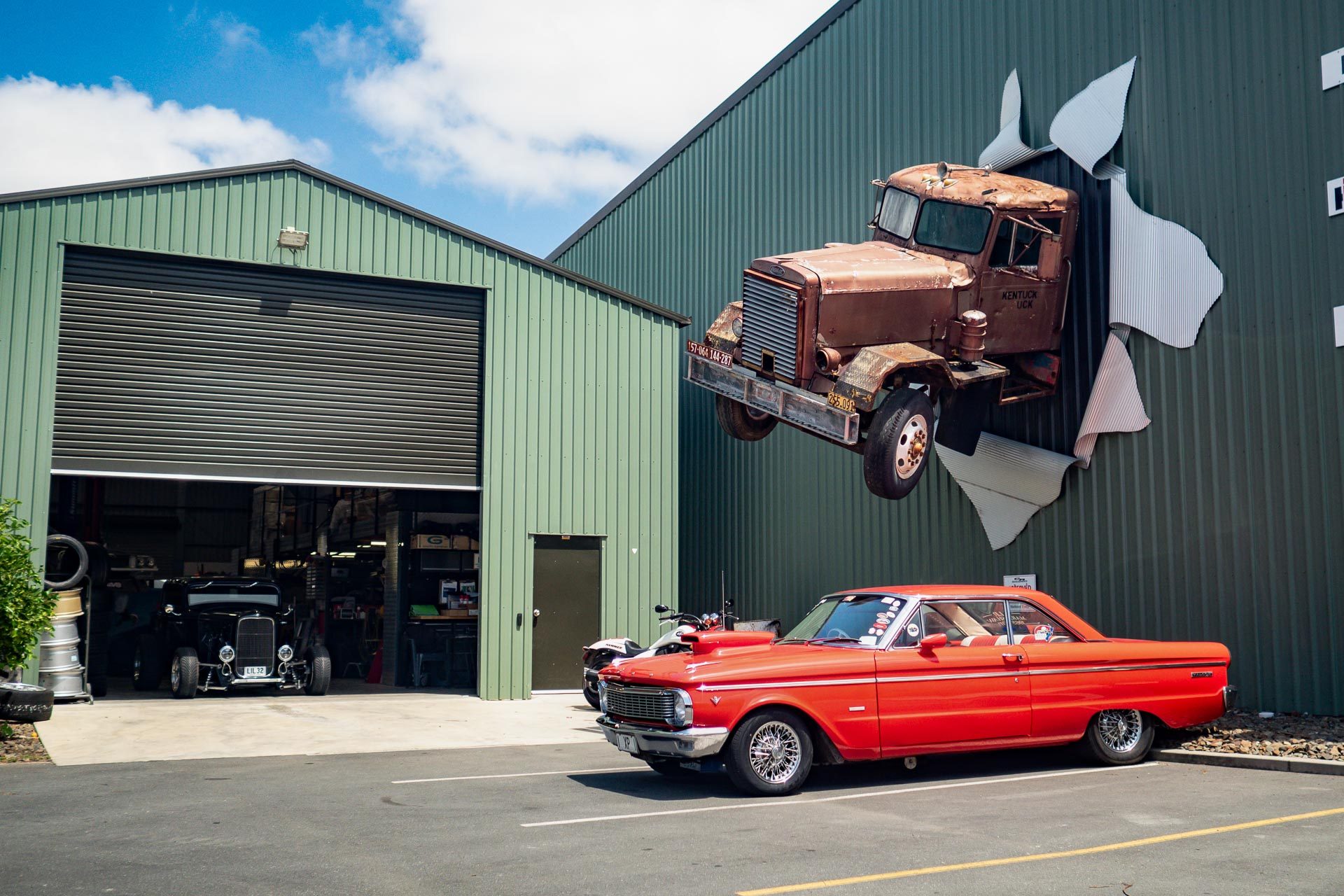When working with fiberglass enclosures, I am sure you can tell that the internal volume is not as easy to measure as your regular square enclosure. There are twists turns and dips all through a glass box, so we cannot just take out a tape measure and go at it.
There is actually a pretty easy way of figuring out the internal volume of a box, without using and tape measures. Our weapon of choice in this, will be packing peanuts. The kind you see in packages sent to your house. Those little pieces of foam that help keep the contents of packages from breaking or being damaged in transit. You will want to get a couple bags of these little guys. Enough to fill the enclosure you plan to measure.
When the enclosure is finished, and you want to check the airspace, go ahead and fill the entire box with these peanuts. All the way to the top. If you have to, tape off the speaker mount holes so they don’t fall out.
Now you want to get a cardboard box or make a small wooden box that has an internal volume of 6 cubic inches. That would be 6″h X 6″w X 6″d. Those are the internal measurements, not counting the walls of the box. That way if you could freeze the air inside the box and take it out, you would have a 6x6x6 inch cube of frozen air.
Once you have your measuring box, start to remove the peanuts from the fiberglass box, and place them in the measuring box. Fill it to the top. Write down or mark somewhere how many times it takes to fill the measuring box. Say it takes 5 times, then your box’s airspace is 2 and ½ cu. ft. Every time you fill it, that represents 6 square inches of airspace.
So, what happens if the box is to big? If a box is to big, it throws off its tuning and can ultimately hurt the subwoofer. In low power systems, this is not much of a threat. In your more expensive high end systems that use a lot of power or need to be tuned just right to the manufacturers specifications, then you cannot have any extra space.
The best way to remedy this, is to introduce something that will displace the extra air inside the box. For an example, we will say your box has 6 cu. in. of extra airspace. In this case, you would take some MDF, and create a very small box that is 6 X 6 X 6. So in essence, it would fit inside your peanut measuring box. You would then find a spot inside the enclosure and glue it down and screw it in.
If your box is made entirely out of fiberglass, you cannot screw the small box down to the box, so we have to use something else. I have used what I call “tuning bags”. These tuning bags are simple small bags of sand. You have to be careful when using sand in a box though, the bag has to be sealed VERY well so it does not leak and send sand particles flying around the inside of your box. This can ruin subwoofers very quickly if they leak sand into the box.
You can fill it with dirt from your back yard if you want, it really does not matter what is inside of the bag, as long as it is similar to dirt, sand, flour, salt, sugar, something like that. You simply measure out the required amount to compensate for the extra air inside the box, place it in your bag, seal it, and put it in the box. I usually use heavy duty trash bags, cut some squares, and make a small pouch of sand. Then I tie the top off with some utility wire. I do this about 5 times, making 5 different layers of the bag material over the sand inside to ensure it will not leak into the box. You can even seal the top of the bag material by melting it to itself about and inch over the tie off. You still need to use some kind of tie off on the bag, this just helps to further ensure it will not be leaking out.
However you end up creating these tuning bags, make sure whatever method you use to encase the sand inside is fit and not going to leak out. Make sure the inside of the box does not contain splinters of glass sticking out that can puncture the bag.
Eventually, if you make a lot of these boxes, you will be able to “eyeball” them and pretty much know what the airspace is. This will help also when constructing the boxes, you will be able to make boxes from scratch that are pretty much dead on the airspace you wanted. Just make sure at first, that you shoot for being to big, because to small is a lot harder to remedy then to big.






More Stories
Honda Civic Batam: Mobil Legendaris dengan Desain dan Performa Terbaik
Read Me Loud And Clear With The Behringer Eurolive B250D PA System
Connect an iPod to a Toyota Stereo